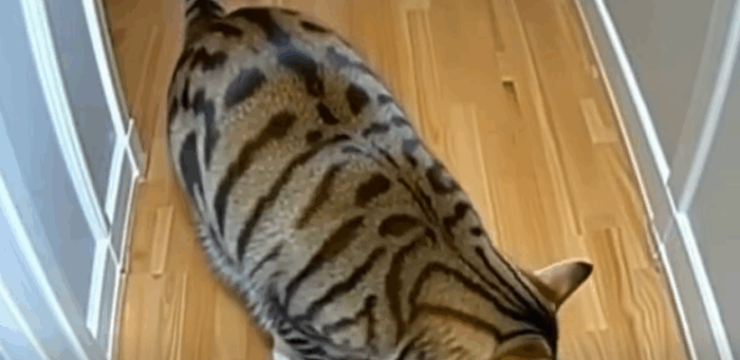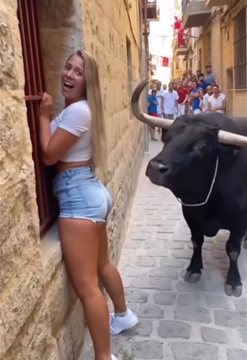Front porches have always been a cherished part of many homes, especially in the South. Whether it’s sipping a glass of sweet tea on a hot afternoon or chatting with neighbors, porches are central to Southern hospitality. My porch ceiling, painted a simple white, has never been something I’ve given much thought. But if you take a closer look at homes across the South, you might notice a peculiar trend—many porch ceilings are painted blue. While this choice might seem purely aesthetic, there’s a rich tradition behind it that goes back centuries.

For more than 200 years, homeowners in the deep South have embraced shades of pale to medium blue for their porch ceilings. This practice originated with the Gullah Geechee people, an African American community of descendants of enslaved individuals who lived in regions like Florida, Georgia, and South Carolina.
According to Gullah folklore, spirits known as “haints”—restless souls who couldn’t find peace—were believed to be unable to cross water. The painful history of slavery and violence in the South gave rise to fears that these spirits could become trapped on plantations, haunting not only the enslaved but also future generations. To protect themselves from these malevolent spirits, the Gullah Geechee began painting porch ceilings blue to mimic the appearance of water. The idea was that the spirits would be fooled, thinking they couldn’t cross the “water” and thus stay away from the home. This protective measure wasn’t limited to porch ceilings—some even painted window shutters and doors blue for added security.
Over time, this tradition spread beyond the Gullah Geechee community, becoming a common sight across the Southern states. People adopted it not just out of superstition but also because it added a certain charm and character to their homes. But it’s not just about warding off spirits. Today, blue porch ceilings serve a variety of purposes, and their appeal goes beyond folklore.
One belief is that a blue porch ceiling helps keep pesky insects, particularly wasps, from building their nests. The theory is that wasps are fooled into thinking that the ceiling is part of the sky, discouraging them from settling there. While there’s no scientific proof to back this up, many homeowners swear by it, and the blue certainly doesn’t hurt when it comes to adding an appealing look.
Another reason some Southerners choose blue is for its effect on daylight. A light blue hue can reflect sunlight, giving the illusion of extended daylight, which makes the porch feel brighter and more inviting even as the sun begins to set. And of course, some simply enjoy the aesthetic—finding it more pleasing than a plain wooden or white ceiling. The soft blue shade brings a sense of tranquility, blending beautifully with the sky on a sunny day.
There’s also a sense of nostalgia tied to blue porch ceilings. For many in the South, this color is a reminder of growing up surrounded by homes that shared this distinct feature. The sight of a blue ceiling evokes memories of summer days spent with family and friends, embodying a comforting connection to the past.
So, next time you’re exploring the South and come across a porch with a blue ceiling, remember that there’s much more to it than just a splash of paint. It’s a nod to cultural history, a touch of practical wisdom, and a symbol of Southern charm and hospitality. Whether it’s to ward off spirits, deter insects, or simply bask in the beauty of a sky-like ceiling, the blue porch tradition remains an iconic part of Southern living.





